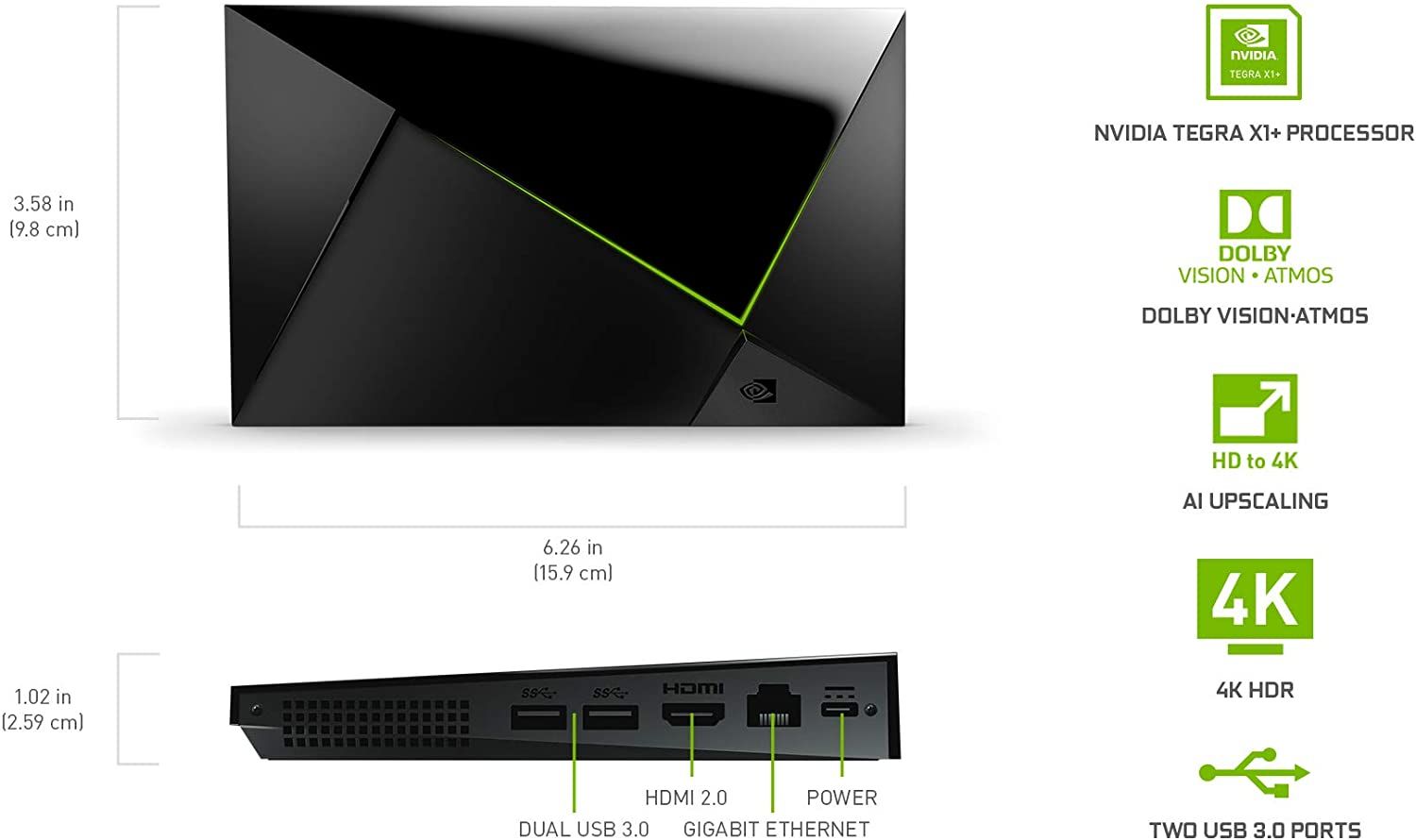

4K media files are usually stored in large volumes with fast disks, such as NAS. The below Plex Streaming 4K diagram shows the process to stream a 4K file. The Plex server usually spends the most computational and networking resources, while the client only deals with compatibility and playback. During streaming, the Plex server is the one transcoding or directly serving the media. This strategy puts little pressure on the CPU and doesn’t compromise quality.ĤK Plex streams can use any of the above methods. Direct streams are used when resolution and media type (H.264 or H.265) are compatible with the device but the file container isn’t.
#Plex media player dolby digital how to
#Plex media player dolby digital plus
This is the reason why Youtube and Netflix are kings of streaming, as they have massive computational resources to transcode plus Content Delivery Networks (CDNs) to reduce network latencies. Transcoding 4K can be an expensive workload. Transcoding a media file, especially a 4K file, saves people from such compatibility issues, but it also puts lots of headaches on the server’s computational resources. Not every device is compatible with every container format, audio and video codec, subtitle stream, etc. Direct-playing a 4K stream also introduces compatibility challenges. If you want Plex to direct-play a 4K stream, the server will need the proper resources, including disk and lots of network resources. Streaming a 4K media file requires resources.


 0 kommentar(er)
0 kommentar(er)
